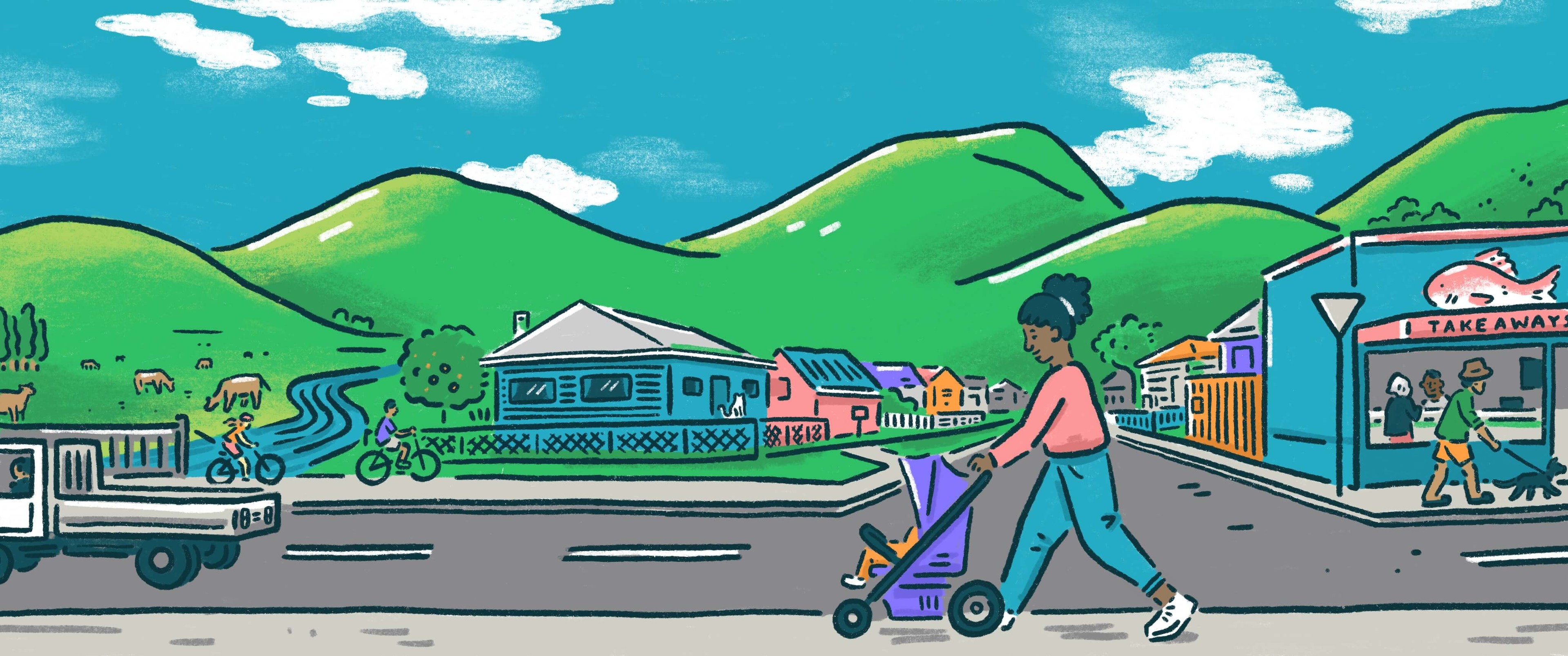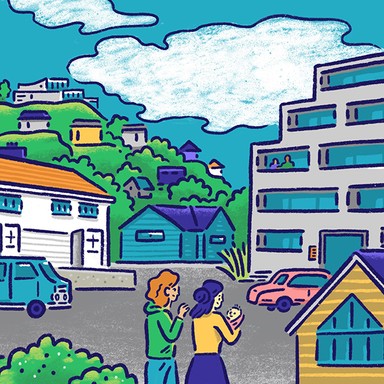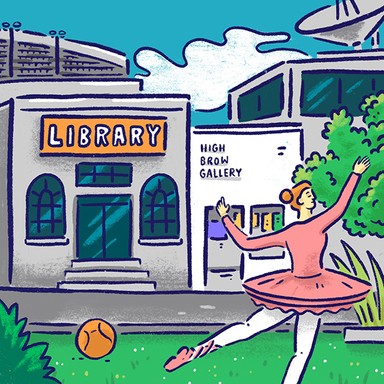
Kaipara District Council

Housing and planning
Local councils are responsible for land use planning under the Resource Management Act, which affects where and how new houses are constructed, as well as the design of cities and towns. In some areas, councils also provide housing to those who need it most.

Housing and planning
Local councils are responsible for land use planning under the Resource Management Act, which affects where and how new houses are constructed, as well as the design of cities and towns. In some areas, councils also provide housing to those who need it most.
Review whether the projected growth is within our environmental and infrastructural limits.
Review whether climate change risks require changes to our long-term plan when considering areas for housing development.
Ensure that future urban development is well designed with more green spaces and trees.
Building consent process to be efficient in terms of cost and timeliness - but without additional ratepayer costing subsidies.
Review current spatial plans to ensure spread is controlled.
Activate wider initiatives to achieve welcoming environment including shaded areas in streetscapes.
Review whether the projected growth is within our environmental and infrastructural limits.
Review whether climate change risks require changes to our long-term plan when considering areas for housing development.
Ensure that future urban development is well designed with more green spaces and trees.
Building consent process to be efficient in terms of cost and timeliness - but without additional ratepayer costing subsidies.
Review current spatial plans to ensure spread is controlled.
Activate wider initiatives to achieve welcoming environment including shaded areas in streetscapes.
Mayor
Compare the mayoral candidates in your area
Local council
Compare the candidates for your city or district council
Regional council
Compare the candidates for your regional council
Local board
Compare the candidates for your local or community board







